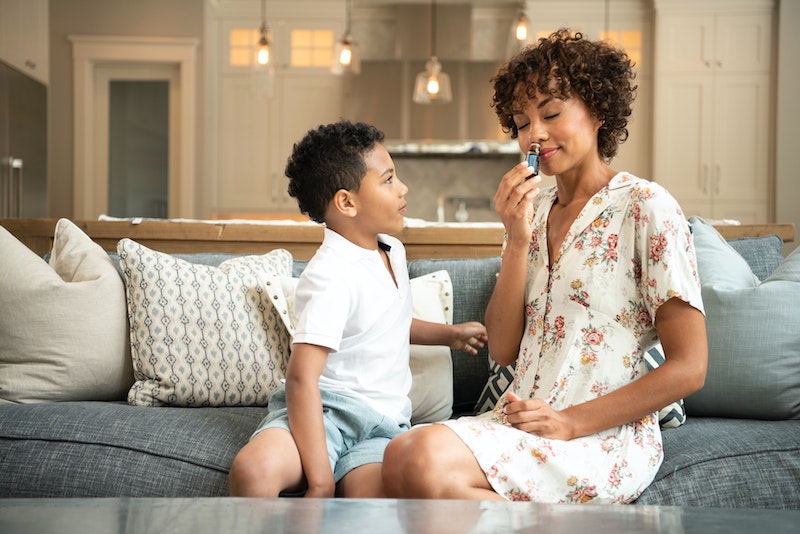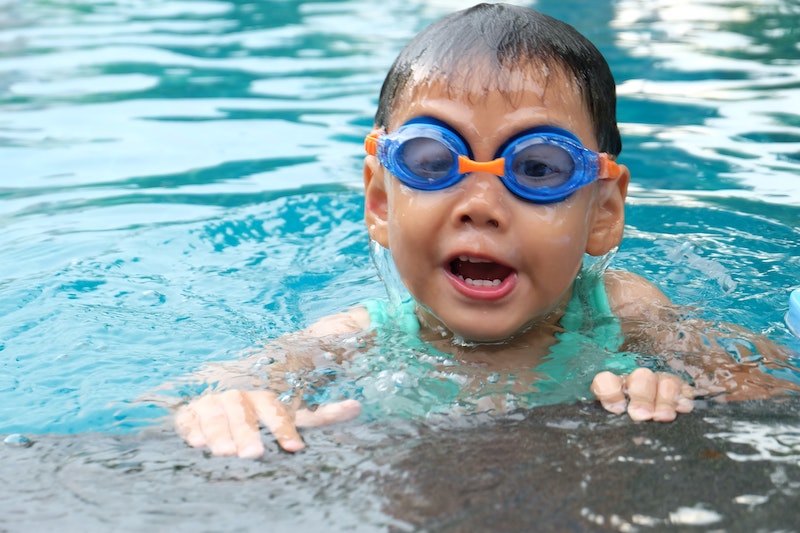So far this year, there have been 12 drowning cases at Cook Children's, two of which were fatal.
Cook Children’s has seen 12 drownings, two of them fatal, since the beginning of the year, starting 2022 off at an alarming pace for drownings even before summer swim season.
Nine of those drownings in the stretch from January through middle March occurred in swimming pools. Three occurred in bathtubs. The children ranged in age from infancy through 9 years.
Sharon Evans, trauma injury prevention coordinator at Cook Children’s, pointed out that drownings typically peak between Memorial Day and Labor Day but can occur any time of year.
“If you have water, there's not an off-season,” she said. “A lot of these seem to happen on the weekends when the weather's nice and people go outside working in the yard. The child falls in the pool or somehow gains access.”
Data from Cook Children’s show two or fewer drownings in January-February each year from 2018 to 2021. The trend this year is unusual and concerning to Evans, who urges parents and caretakers to take precautions and stay vigilant to guard against accidental drowning injuries.
Last year, more than 60% of drownings treated at Cook Children’s occurred during unplanned swim time. This is when parents didn’t expect their child to be in or around the water. Parents can put barriers in place to help prevent a child from accessing the water or make it more difficult to access when an adult is not present.
Those barriers – such as locks, alarms and fencing – can help keep unsupervised young children from getting into swimming pools.
“We always talk about those layers of protection. They're not guaranteed to prevent a drowning, but they do slow the child down as far as gaining access,” Evans said. “Toddlers are just curious. They're going to explore and see what they can figure out. As parents, we have to make sure they are safe.”
Sometimes the child who drowns in a backyard pool was playing outdoors with older siblings. Other times, the parent doesn’t realize the child left the house through an unlocked door or doggie door. Ice chests, mop buckets and horse troughs can also present hazards if they hold more than an inch of water, Evans said.
One rule prevails when it comes to bathtubs: Never leave the child alone … not to answer the doorbell, not to pick up the phone, not even for a second.
“I often say with injury prevention across the board, there is no do-over,” Evans said. “Just be alert.”
Cook Children’s initiated a drowning prevention campaign called Lifeguard Your Child in 2015 in response to a high number of drowning injuries treated in the Emergency Department and medical center that year. The Lifeguard Your Child campaign is spread through the Safe Kids North Texas Coalition, which is based in Fort Worth and led by Cook Children’s.
Dana Walraven, manager of community health outreach for the Center for Children’s Health, led by Cook Children’s, said partners across 11 counties share education, access to swim lessons, safety videos, resources and social media with a consistent theme: Lifeguard Your Child.
“Knowing social media messages alone have reached millions, the messages and awareness are making a difference for a safer community,” Walraven said.
The campaign’s strategies include Cook Children’s Loaner Life Jacket Stations at many lake entry points across the region. Families can go to the stations to find U.S. Coast Guard-approved life jackets in a variety of sizes with easy tips for a proper fit.
Safety tips for home swimming pools:
• Restrict access by installing door locks high out of children’s reach. Door and window alarms can signal if someone leaves the house.
• Install four-sided fencing around pools with a self-latching gate that only opens out. The fence should be at least 4 feet (preferably 5 feet) high.
• Remove all toys and floats from the pool area so children are not tempted to get close to the water.
• For above-ground pools, make sure the ladder is removed and not accessible when it’s not swim time.
• Consider a pool surface alarm to alert if anyone/anything falls into the water.
Safety tips for the bathtub:
• An adult must stay at the side of the tub in reach of the child.
• Pay attention. This is not the time for multitasking.
• Ignore distractions like the doorbell or phone calls.
• Drain the tub after each use.
For more information about drowning prevention, go to www.lifeguardyourchild.org.












